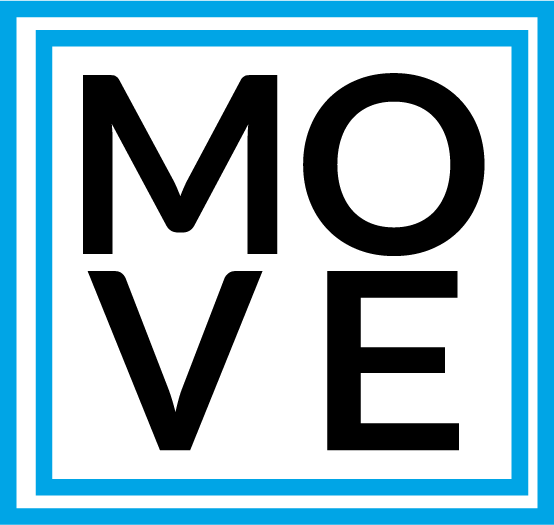Building Athletes
How do you define an athlete?
Maybe it’s a decorated Olympian with gold medals draped around her neck. Or maybe you think of a burly powerlifter in the gym tossing barbells with ease. Did you ever consider yourself an athlete? Was there a time in your life when a friend, a parent, a loved one might describe you as “athletic”?
I want to dispel the idea that an athlete has to look a certain way or has to perform at a certain level. If you were to think of yourself as athletic rather than “out of shape,” “weak,” or “uncoordinated,” how would that change how you view the world, what you believe is possible, or what you’re willing to try? You might look at me or our coaches and think, “That’s easy for you to say,” but do you think we all started out this way?
I started parkour as a teenager who skipped gym class to play in my high school’s marching band. I couldn’t do a pull up, I had never run a mile, and I certainly wouldn’t have viewed myself as an athlete in any shape or form. When I discovered parkour, I was put through the wringer. I remember a brutal conditioning circuit, bailing head first onto the ground after failing a speed vault, and spending the evening dry heaving in the parking lot after the cooldown. It’s not the experience I’d want for many of our students, but going through that process changed how I saw myself and what I thought was possible. As strange as it sounds, it empowered me to become stronger so I could train and keep up with my friends.
When I talk about how I train, one of the most common things I hear from adults is, “I could never do that” or “I’d definitely break my neck.” The strange thing is, many of them are parents whose kids come out each and every week to jump, vault, and swing with us outdoors. They impose these imaginary limits on their strength and coordination, but they rarely stop to think about why it doesn’t apply to their kids. They often ask me, “When did you start doing parkour?” and my (clichéd) response is, “When did you stop?”
Balance, coordination, strength - these things can keep you safe but also help you explore and navigate the world. When was the last time you climbed a tree? Scampered up a wall? Hung from a bar? Balanced across a beam? When you understand and trust your body, you can move with confidence. Parkour doesn’t make me immune to injury, but I can’t remember the last time I tripped and fell. I know I can approach challenges safely and responsibly, whether that’s racing to the top of a rocky, dusty ridge or playing a round of dodgeball with a bunch of 18-year-olds. Training gives me the tools to know my limits while giving me the freedom to have fun.
“Athlete” can mean so many things to so many different people, but my goal is just to help people find a healthy relationship with movement. The elderly folks in the park moving through Qi Gong shapes are athletes, so are the moms jogging with a stroller on the street, and so are the teenagers ollieing a stair set at the skatepark. Research shows that exercise and movement are crucial for maintaining a healthy and resilient body as we age*, so finding a reason to stay active will quite literally help you live a longer and better life.
Start writing your own parkour story. Get in touch with us for your first class.
- Steve Zavitz
Steve is the CMO of The Movement Creative and has trained parkour for 16 years
*https://link.springer.com/article/10.1007/s12603-021-1590-x
